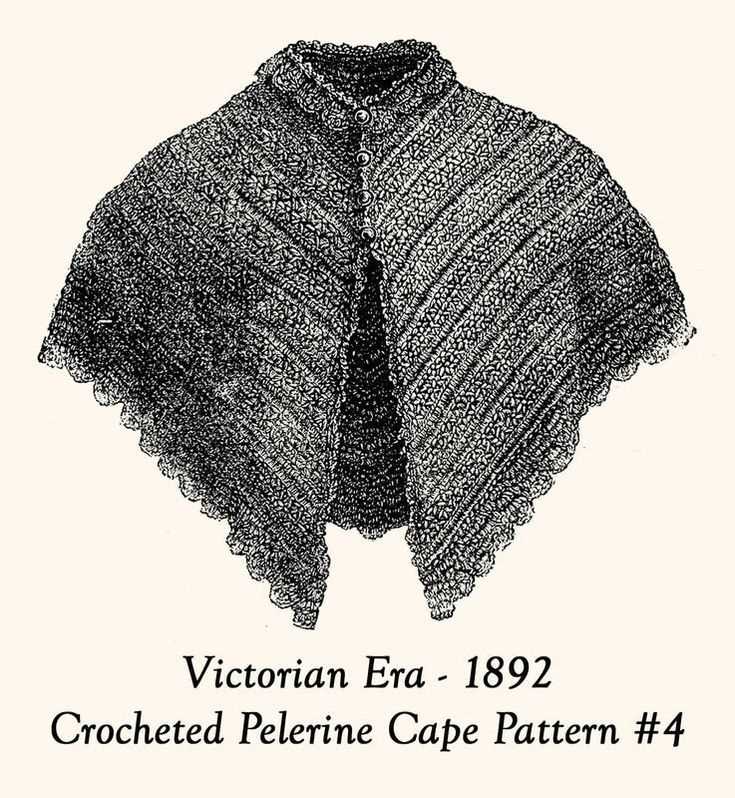
Knitting is a timeless craft that has been practiced for centuries. Victorian knitting, in particular, holds a special place in the history of this craft. The Victorian era, spanning from the mid-19th century to the early 20th century, was a time of elegance, sophistication, and meticulous attention to detail. This is reflected in the knitting patterns of the time, which often featured intricate lacework and delicate designs.
Fortunately, many of these beautiful Victorian knitting patterns are still available today, and the best part is that they are completely free! These patterns provide a glimpse into the fashion and style of the time, allowing modern knitters to create their own pieces inspired by the Victorian era. Whether you’re a seasoned knitter or just starting out, these patterns offer a unique challenge and a chance to create something truly special.
From delicate shawls to intricate doilies, there is a wide variety of Victorian knitting patterns to choose from. Some patterns feature the use of fine yarns and tiny needles to create intricate lace stitches, while others focus on textured stitching and complex cable patterns. The possibilities are endless, and the end result is sure to be a stunning piece that will be treasured for years to come.
So why not channel your inner Victorian and try your hand at one of these free knitting patterns? Whether you’re knitting a gift for a loved one or treating yourself to a new accessory, Victorian knitting patterns are a fantastic way to add a touch of timeless elegance to your knitting projects.
What Are Victorian Knitting Patterns?
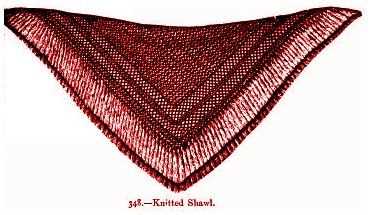
Victorian knitting patterns refer to knitting patterns that were popular during the Victorian era in the 19th century. These patterns reflect the fashion trends and knitting techniques of that time period, and are often characterized by intricate designs and delicate details.
During the Victorian era, knitting was a popular pastime for women, and patterns were widely available in magazines, books, and knitting guides. These patterns encompassed a wide range of garments and accessories, including shawls, socks, mittens, and sweaters.
The Victorian knitting patterns typically featured intricate lacework, cables, and textured stitches. The designs were often inspired by nature, with motifs such as flowers, leaves, and animals incorporated into the patterns. These patterns required advanced knitting skills and attention to detail, making them a favorite among experienced knitters of the time.
Victorian knitting patterns have made a resurgence in recent years, with many knitters finding inspiration in the elegant and intricate designs. Today, there are numerous resources available that offer Victorian knitting patterns for free, allowing knitters to recreate the timeless and romantic styles of the era.
History of Victorian Knitting
The art of knitting has been practiced for centuries, and Victorian knitting in particular holds a special place in the history of this craft. Knitting during the Victorian era was not only a practical skill but also a popular pastime for women of all social classes. In fact, knitting became so widespread during this time that it led to the creation of countless patterns and designs that are still admired and recreated today.
During the Victorian era, knitting patterns were typically passed down through generations or shared among friends and neighbors. These patterns were often handwritten, making each one unique and personal. The designs varied from simple scarves and socks to intricate lace shawls and gloves. Knitting was seen as a way to demonstrate one’s talent and creativity, and Victorian women took pride in their intricate and delicate handiwork.
One popular knitting technique that emerged during the Victorian era was fair isle knitting. Fair isle is a colorwork technique that involves using multiple colors in a row to create patterns and designs. This technique became especially popular during the late Victorian period, and fair isle knitwear was often seen as a symbol of wealth and status.
As the Victorian era progressed, knitting became more than just a hobby for women. It became a way for them to contribute to their families’ income. Many women began knitting and selling their creations, providing them with a source of income and independence. Hand-knit garments were highly sought after during this time, as they were seen as high-quality and luxurious.
Victorian knitting patterns can still be found today, thanks to dedicated individuals and organizations who have preserved these historical designs. Knitting enthusiasts can recreate these patterns and experience a piece of history through their knitting needles. Whether it’s a cozy scarf or an intricate lace shawl, Victorian knitting patterns continue to inspire and delight knitters around the world.
Characteristics of Victorian Knitting Patterns
Victorian knitting patterns from the 19th century were known for their intricate designs and attention to detail. These patterns, often created for women’s garments and accessories, reflected the elegance and refinement of the Victorian era. Here are some key characteristics of Victorian knitting patterns:
1. Lace and cables:
Victorian knitting patterns often incorporated delicate lacework and intricate cable designs. Lace stitches were used to create delicate and airy patterns, while cables were used to add texture and depth to the knitted fabric. These patterns required skill and patience to create, making them a popular choice among experienced knitters.
2. Fine gauge knitting:
Victorian knitting patterns typically called for fine gauge needles and lightweight yarns. This allowed for the creation of intricate and detailed designs, as well as garments with a smooth and drapey finish. The use of finer materials also added to the overall elegance and delicacy of the finished pieces.
3. Victorian motifs:
Victorian knitting patterns often featured motifs and symbols that were popular during the era. Common motifs included flowers, leaves, scrollwork, and geometric patterns. These motifs were often combined together to create elaborate designs, adding to the overall beauty and complexity of the knitted pieces.
4. Accessories and garments:
Victorian knitting patterns were not limited to just garments. They also included patterns for various accessories such as shawls, mittens, socks, and even bonnets. These patterns allowed women to create a complete Victorian-inspired wardrobe, all with a matching and coordinated look.
5. Written instructions:
Unlike modern knitting patterns that often rely heavily on charts and diagrams, Victorian knitting patterns primarily used written instructions. These patterns provided detailed step-by-step instructions on how to create the desired designs, ensuring that even beginner knitters could follow along and create beautiful Victorian-inspired pieces.
Overall, Victorian knitting patterns were a reflection of the refined and sophisticated nature of the era. They captured the intricate details and elegant designs that were popular during the Victorian era, allowing knitters to create beautiful and timeless pieces that still inspire and captivate us today.
The Importance of Victorian Knitting Patterns Today
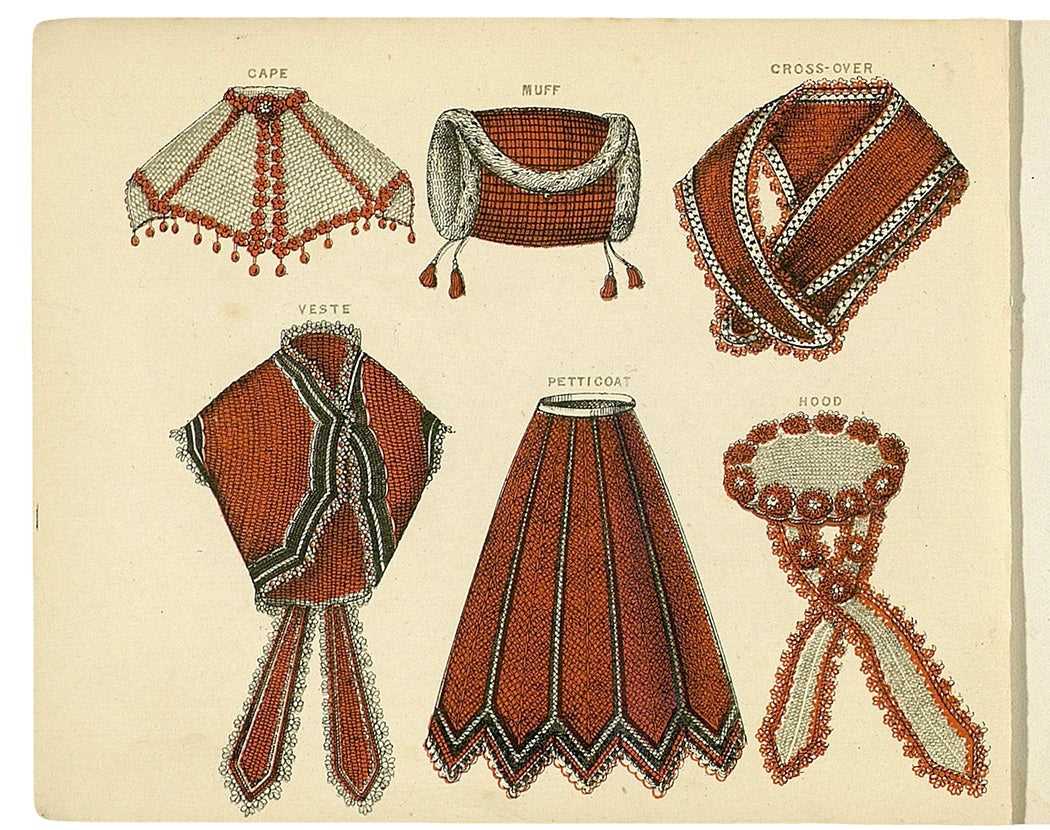
Victorian knitting patterns hold a significant importance in today’s knitting community. These vintage patterns provide a link to the past, allowing modern knitters to connect with the craftsmanship and artistry of the Victorian era. They offer a glimpse into the history of knitting and the intricate techniques used by knitters of that time.
Preservation of Tradition: Victorian knitting patterns play a crucial role in preserving traditional knitting techniques and patterns that have been passed down through generations. These patterns offer a glimpse into the knitting practices of the Victorian era, allowing modern knitters to recreate historical garments and accessories.
For knitting enthusiasts and historians alike, Victorian patterns are an invaluable resource. They provide insights into the evolving trends and fashion of the time, with intricate stitch patterns and unique designs that reflect the Victorian aesthetic. By studying and recreating these patterns, knitters can gain a deeper appreciation for the craftsmanship and attention to detail that went into creating garments during this era.
Inspiration for Modern Creations: Victorian knitting patterns also serve as a source of inspiration for contemporary knitters. While some knitters may choose to replicate the historical patterns exactly, others may use them as a starting point for their own designs. By incorporating elements from Victorian patterns, such as lacework or intricate cable patterns, modern knitters can create unique and timeless pieces.
Many designers today create modern interpretations of Victorian knitting patterns, combining the traditional techniques with contemporary styles. This fusion of old and new creates a fresh and exciting approach to knitting, allowing for the exploration of different textures, shapes, and color combinations.
Connection to the Past: Victorian knitting patterns allow knitters to connect with the past and honor the women who came before them. Knitting was a common pastime during the Victorian era, and many women would spend hours creating intricate garments for their families.
By knitting with Victorian patterns, modern knitters can pay homage to the artistry and dedication of those who came before them. It provides a sense of connection to the history of knitting and the women who played a pivotal role in its development.
In conclusion, Victorian knitting patterns hold a significant importance in the world of knitting today. They preserve tradition, provide inspiration, and allow for a connection to the past. Whether knitters choose to recreate historical garments or use Victorian patterns as a starting point for their own designs, these patterns continue to captivate and inspire knitters of all skill levels.
Where to Find Free Victorian Knitting Patterns
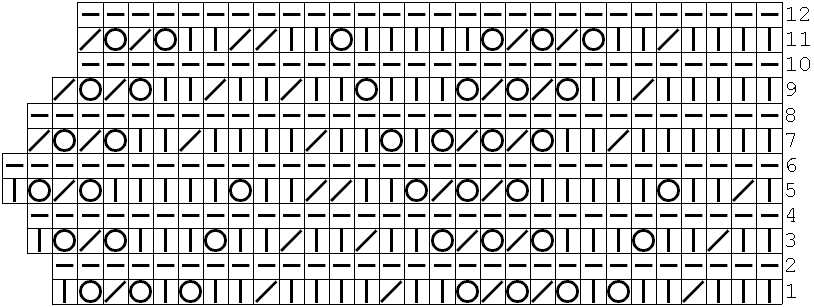
If you are interested in knitting and have a love for Victorian aesthetics, you may be eager to find free Victorian knitting patterns. Luckily, there are numerous resources available that offer a wide range of patterns inspired by the Victorian era. Whether you are a beginner or an experienced knitter, these patterns can provide an opportunity to create beautiful and intricate designs with a touch of vintage charm.
1. Online Knitting Communities
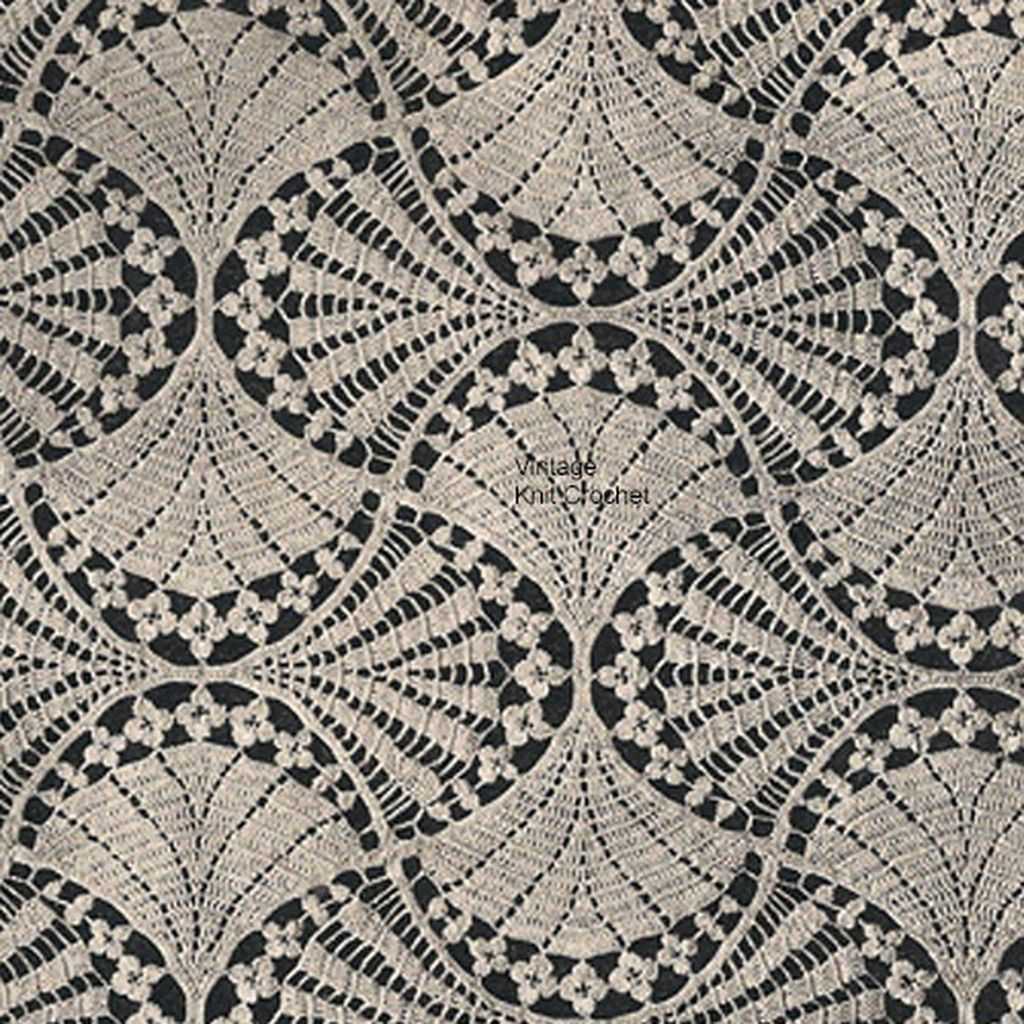
One of the best places to find free Victorian knitting patterns is through online knitting communities. These communities often have dedicated sections or forums where members share their favorite patterns. You can search for specific keywords, such as “Victorian” or “historical,” to narrow down your options. Additionally, these communities are a great place to connect with other knitters who share your passion and can offer tips and advice on executing the patterns.
2. Craft and DIY Websites
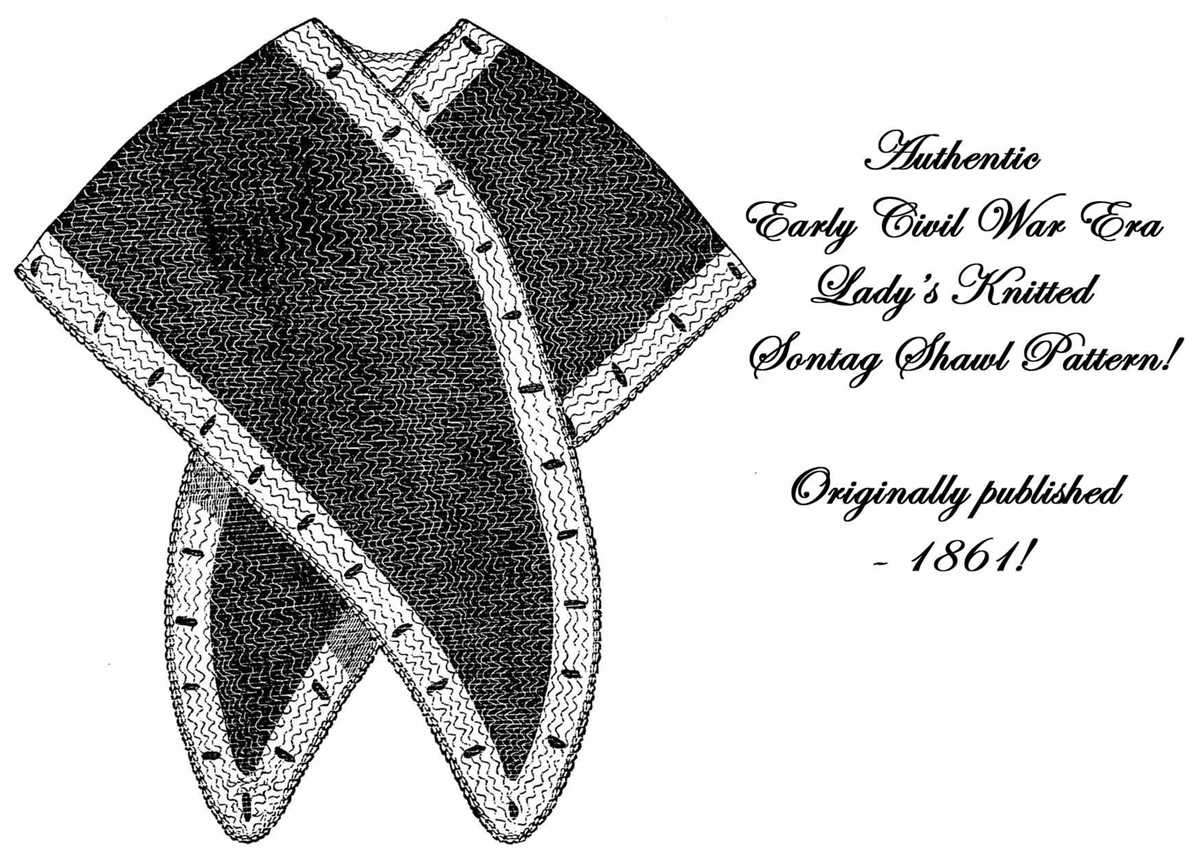
Craft and DIY websites are another excellent resource for finding free Victorian knitting patterns. These websites often have a vast collection of patterns available to download and print. You can browse through categories or use keywords to search for specific Victorian-inspired designs. Some websites even offer tutorials and step-by-step instructions to help you navigate through the patterns.
3. Vintage Pattern Archive
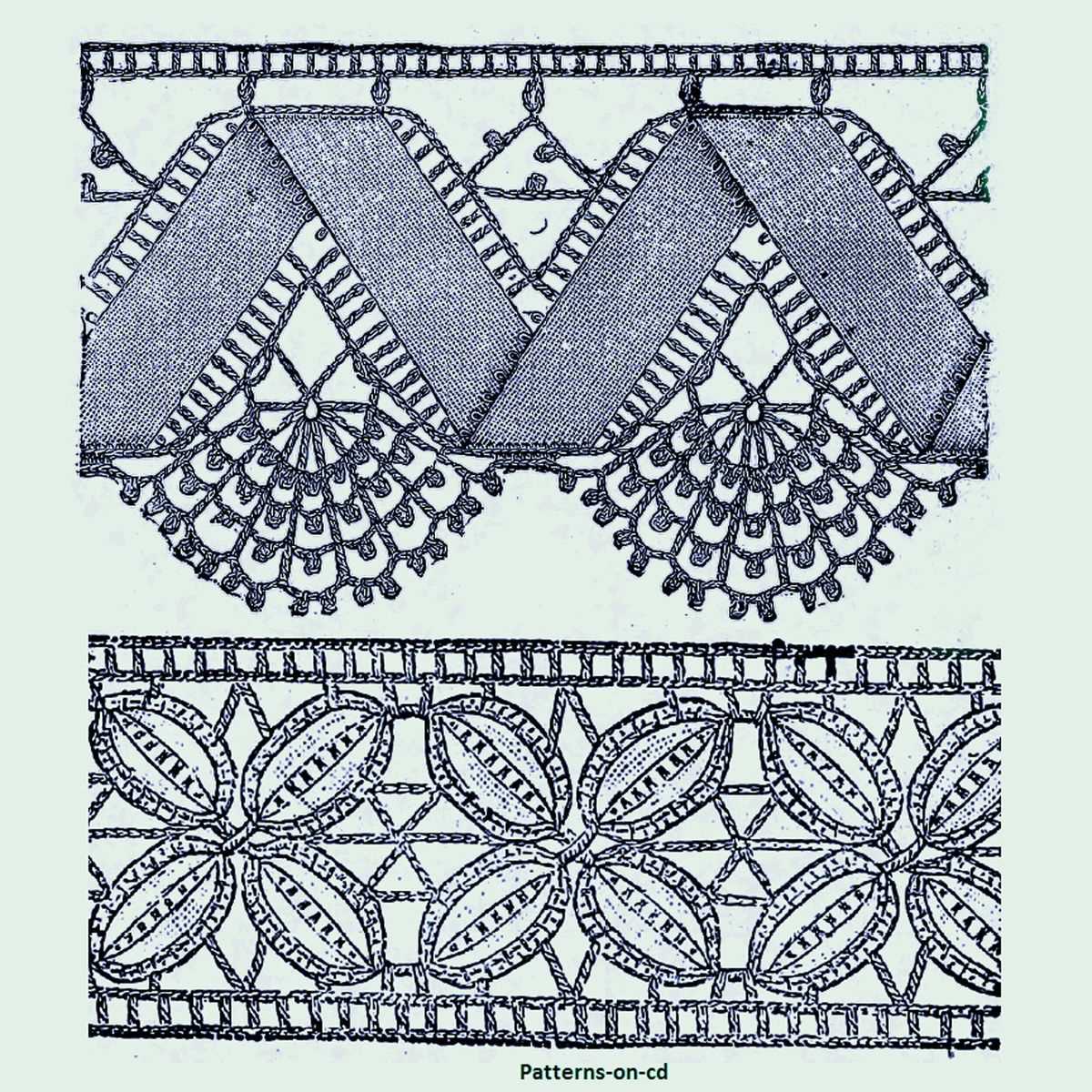
If you prefer authentic Victorian knitting patterns, you may want to explore vintage pattern archives. These archives house a collection of patterns from different eras, including the Victorian period. While some archives may require a subscription or payment for access, many offer free patterns that can be downloaded and printed. These patterns can provide a unique opportunity to recreate historical designs and connect with the knitting traditions of the past.
In conclusion, if you are interested in knitting Victorian patterns, there are several places where you can find free resources. Online knitting communities, craft and DIY websites, and vintage pattern archives are all excellent sources for discovering a wide range of patterns inspired by the Victorian era. With these resources at your fingertips, you can bring a touch of nostalgia and elegance to your knitting projects.
Tips for Successfully Knitting Victorian Patterns
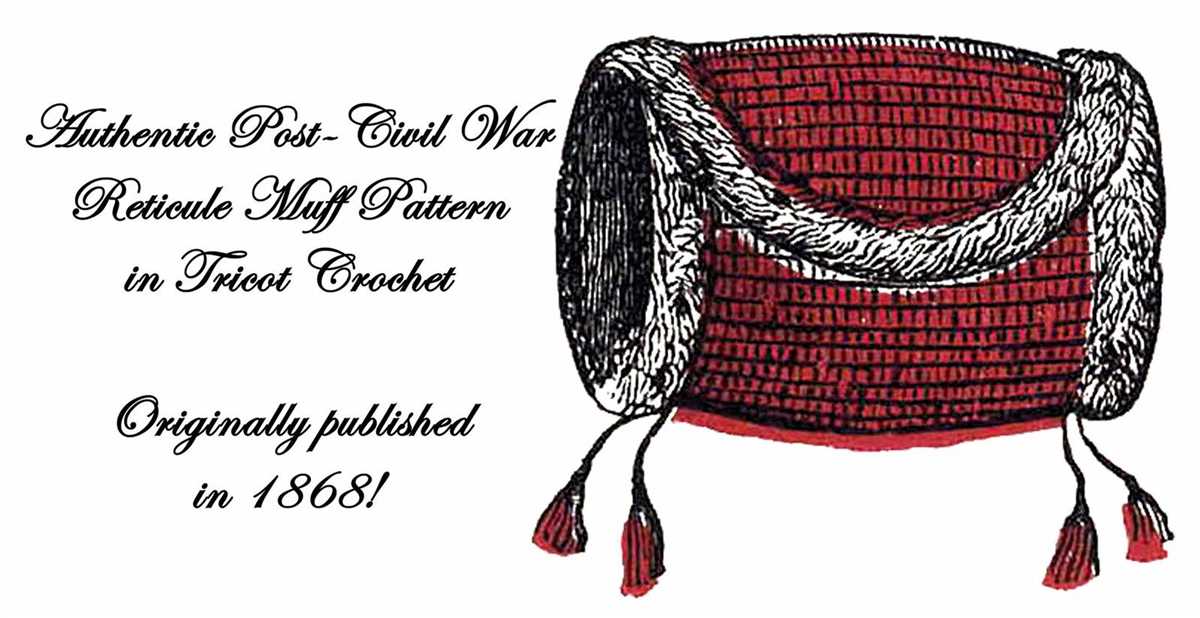
Knitting Victorian patterns can be a rewarding and enjoyable experience, but it can also be challenging if you’re not familiar with the techniques and stitches commonly used during that era. Here are some tips to help you successfully knit Victorian patterns:
1. Familiarize yourself with Victorian knitting techniques and stitches:
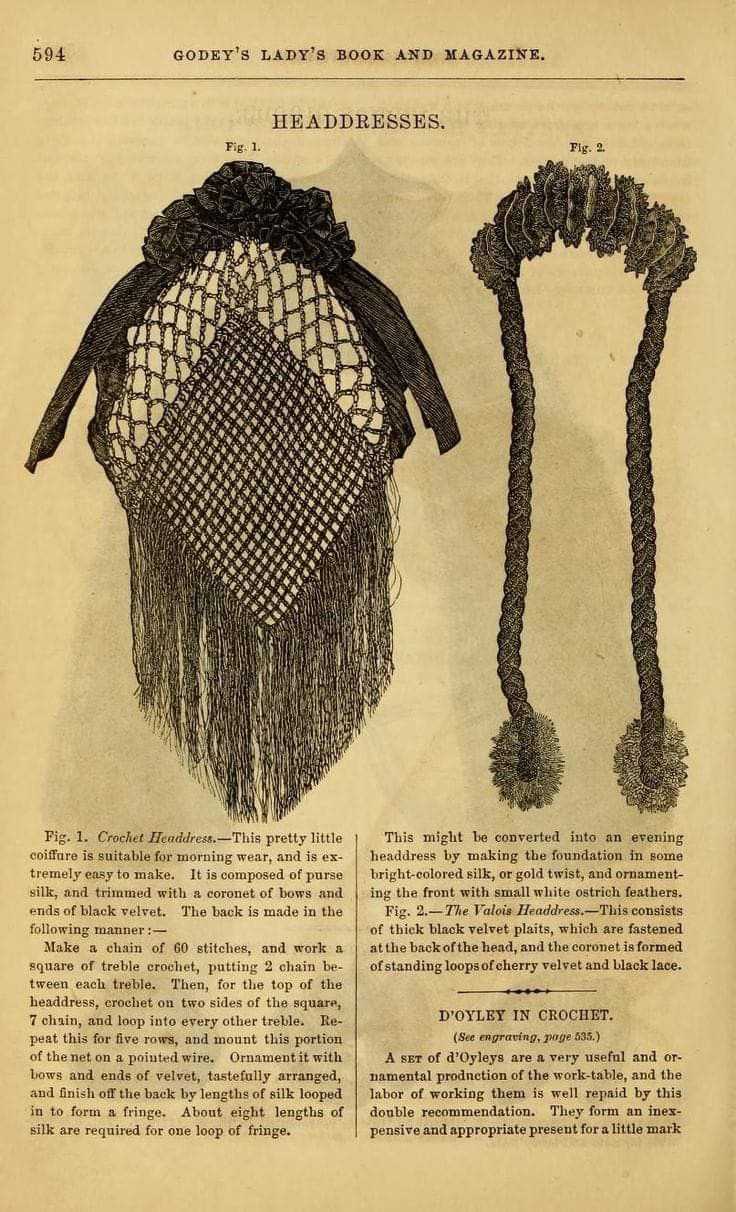
In order to successfully knit Victorian patterns, it’s important to understand the techniques and stitches that were commonly used during that time. Take some time to research and study the various techniques such as lace knitting, colorwork, and cable knitting, as well as the stitches like the feather and fan stitch, the horseshoe pattern, and the brioche stitch. Understanding these techniques and stitches will help you decipher and follow Victorian patterns more easily.
2. Choose the right yarn and needles:
Victorian patterns are often designed for specific yarn weights and needle sizes. Make sure to choose the appropriate yarn and needles that match the gauge required for the pattern. Check the recommended gauge and adjust your yarn and needle sizes accordingly to ensure your finished project turns out the way it should.
3. Take time to swatch:
Swatching is essential when knitting Victorian patterns, especially if you’re using vintage patterns or trying to recreate an authentic Victorian design. Take the time to create a swatch using the chosen yarn and needles to ensure that your tension and gauge are accurate. This will help you avoid any sizing issues and ensure a proper fit for your finished garment.
4. Pay attention to pattern instructions:
Victorian patterns can be intricate and detailed, so it’s important to carefully read and follow the instructions. Take the time to understand the abbreviations and symbols commonly used in Victorian patterns, as they may differ from modern knitting patterns. Refer to knitting stitch dictionaries or online resources for any unfamiliar techniques or stitches mentioned in the pattern.
5. Practice patience and perseverance:
Knitting Victorian patterns can be challenging, especially if you’re new to the style. It’s important to practice patience and perseverance, as well as be prepared for some trial and error. Don’t be discouraged if you make mistakes along the way – learning from them is part of the knitting process. Take your time, enjoy the journey, and celebrate the achievement of completing a beautiful Victorian project.
By familiarizing yourself with Victorian knitting techniques and stitches, choosing the right yarn and needles, swatching, paying attention to pattern instructions, and practicing patience and perseverance, you’ll be well on your way to successfully knitting Victorian patterns and creating beautiful, vintage-inspired projects.
Famous Victorian Knitting Patterns
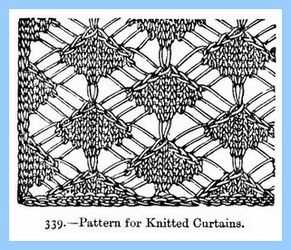
During the Victorian era, knitting was a popular pastime for women of all social classes. Knitting patterns were often passed down through generations, creating a rich tradition of intricate designs and delicate lacework. Today, these famous Victorian knitting patterns are still admired and replicated by modern knitters.
One of the most famous Victorian knitting patterns is the “Riding Hood,” which was popularized by Queen Victoria herself. This pattern features a long hood that can be pulled up over the head, providing warmth and protection from the elements. The Riding Hood pattern often incorporates intricate lacework and delicate details, making it a true masterpiece.
Lace Collar Pattern
Another famous Victorian knitting pattern is the lace collar. Lace collars were a fashionable accessory during the Victorian era, adding a touch of elegance to any outfit. Knitted lace collars often feature intricate lace patterns such as ferns, diamonds, or flowers, and can be worn with a variety of different necklines. Victorian women would spend hours creating these delicate works of art by hand, using finely spun yarn and tiny knitting needles.
Gloves and Mittens
Gloves and mittens were also popular knitting projects during the Victorian era. These accessories were not only practical for keeping hands warm in the cold weather but also served as a fashion statement. Knitted gloves and mittens often featured intricate cable or lace patterns, as well as delicate embroidery and beadwork. These patterns required skill and precision, but the end result was a pair of gloves or mittens that were both functional and fashionable. Today, knitters can still find Victorian-inspired glove and mitten patterns that capture the beauty and elegance of the era.
How to Add a Modern Twist to Victorian Knitting Patterns
Victorian knitting patterns are known for their intricate designs and delicate details, but they can sometimes feel a bit outdated. However, with a few simple modifications, you can give these classic patterns a modern twist that will make them fresh and fashionable once again.
One way to add a modern touch to Victorian knitting patterns is to experiment with different yarns and colors. While traditional Victorian patterns often use muted tones and natural fibers, don’t be afraid to try out bold, vibrant colors or trendy yarns like metallic or variegated yarns. A simple lace pattern or cable design can instantly look more contemporary with a pop of color or a touch of sparkle.
Another way to update Victorian knitting patterns is to change the size or shape of the finished garment. Victorian patterns often feature long, flowing designs with lots of layers and intricate details. To give these patterns a modern twist, consider making a shorter, cropped version of a cardigan or shawl. You can also experiment with adding modern elements like a high-low hemline or an asymmetrical shape.
In addition to altering the yarn and shape, you can also add modern flair to Victorian knitting patterns through embellishments and accessories. Consider adding buttons, beads, or sequins to your finished project to give it a glamorous touch. You can also experiment with different types of closures, like a zipper or a stylish buckle, to give your garment a contemporary feel.
By experimenting with different yarns, colors, shapes, and embellishments, you can easily give Victorian knitting patterns a modern twist. Don’t be afraid to get creative and make these classic designs your own. With a little creativity, you can breathe new life into these timeless patterns and create unique and stylish garments that will turn heads.
Unique Features of Victorian Lace Knitting Patterns
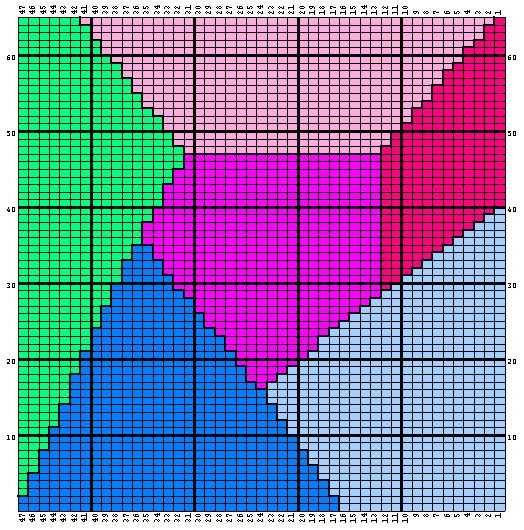
Victorian lace knitting patterns are known for their intricate and delicate designs that showcase the craftsmanship of the Victorian era. These patterns not only provide a beautiful end result but also offer a unique knitting experience with their distinctive features.
1. Elaborate and Detailed Designs
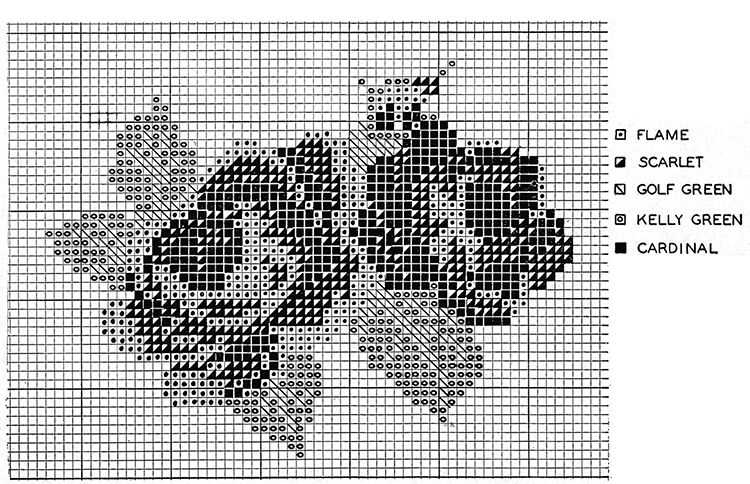
Victorian lace knitting patterns often feature complex and intricate designs that require attention to detail and precision. These patterns incorporate various stitches and techniques, such as yarn overs, decreases, increases, and lace motifs, to create intricate lacework. The resulting fabric is rich in texture and visually captivating.
2. Historical Inspiration
Victorian lace knitting patterns draw inspiration from the fashion and aesthetics of the Victorian era. They reflect the elegance and refinement of the time, with motifs and patterns inspired by elements such as flowers, leaves, and architectural details. Knitting with these patterns allows the modern knitter to connect with the past, creating a sense of nostalgia and appreciation for historical craftsmanship.
3. Edging and Borders
One notable feature of Victorian lace knitting patterns is the emphasis on edging and borders. These patterns often include intricate lace edgings that can be added to shawls, scarves, or blankets to enhance their overall beauty. The edgings can vary in complexity, from simple eyelet designs to more intricate lace motifs. These borders add an extra level of elegance to the finished project.
4. Fine Yarns and Needles
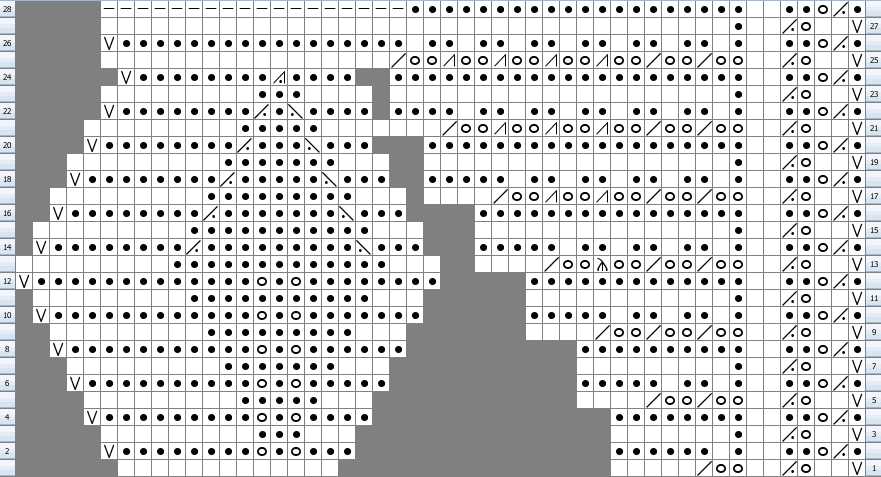
Victorian lace knitting patterns are typically worked using fine yarns and thin needles to achieve the desired delicate and lacy look. Laceweight or fingering weight yarns are commonly used, allowing for the stitch definition and drape necessary for the intricate designs. Knitting with these fine materials requires patience and a gentle touch, resulting in a fabric that is both lightweight and ethereal.
5. Versatility
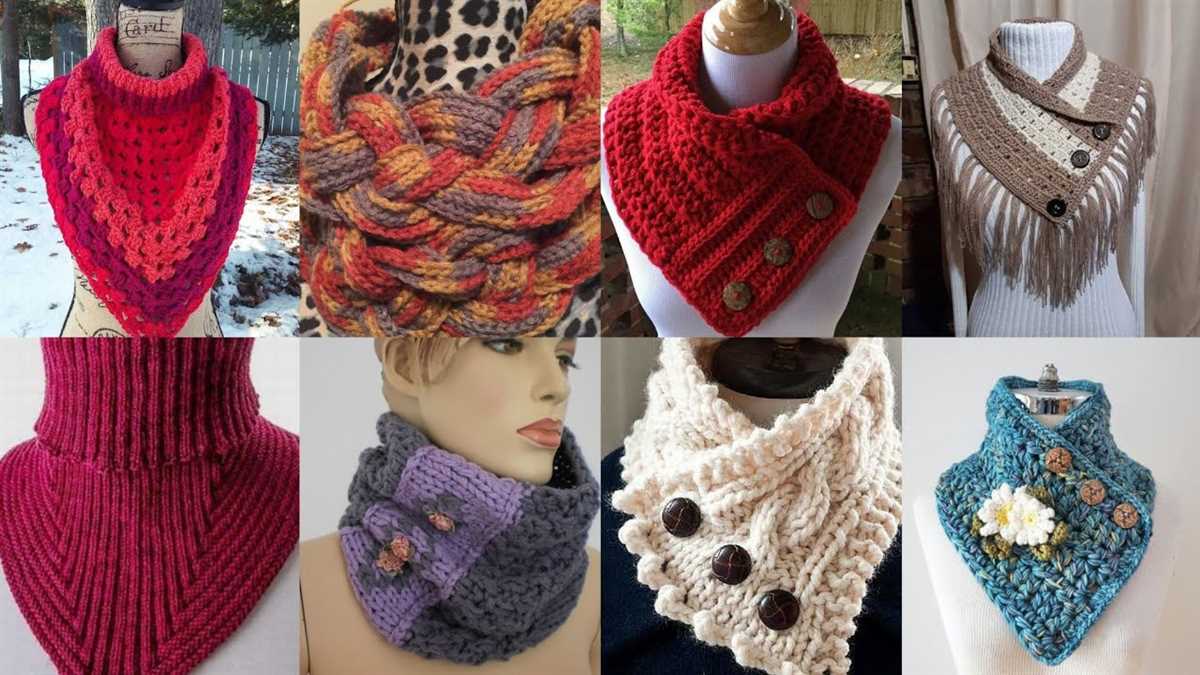
Victorian lace knitting patterns offer a wide range of possibilities in terms of the projects that can be created. From shawls and stoles to doilies and clothing items, these lace patterns can be adapted to suit various purposes. The versatility of Victorian lace knitting allows knitters to explore their creativity and create unique and personalized items.
In conclusion, Victorian lace knitting patterns are characterized by their elaborate designs, historical inspiration, emphasis on edging and borders, use of fine yarns and needles, and versatility. Knitting with these patterns provides an opportunity to create intricate and beautiful lacework while connecting with the craftsmanship and aesthetics of the Victorian era.
Best Yarns for Victorian Knitting Patterns
The Victorian era was known for its intricate and luxurious knitting patterns. To truly capture the spirit of this time period, it is important to choose the right yarn for your knitting projects. The right yarn can make all the difference in achieving an authentic Victorian look and feel.
1. Mohair Yarn: Mohair yarn is an excellent choice for Victorian knitting patterns. Its soft and fluffy texture adds a touch of elegance to any project. Mohair was a popular choice among Victorian knitters due to its ability to create delicate and lacy patterns.
2. Silk Yarn: Silk yarn is another great option for Victorian knitting. Its natural sheen and smoothness create a luxurious look and feel. In the Victorian era, silk was highly valued for its beauty and was often used in high-end fashion. Using silk yarn in your projects can help recreate the opulence of the time.
3. Wool Yarn: Wool yarn is a classic choice for Victorian knitting patterns. It provides warmth and durability while still maintaining a level of elegance. Look for wool yarn in vintage-inspired colors to further enhance the Victorian aesthetic.
4. Cashmere Yarn: For the ultimate in luxury, consider using cashmere yarn for your Victorian knitting projects. Cashmere is known for its softness and warmth, making it perfect for creating cozy garments that have a touch of refinement.
5. Bamboo Yarn: For eco-conscious knitters, bamboo yarn is a great option for Victorian knitting. Bamboo is a sustainable material that offers a smooth and silky texture. It can help to create beautiful drape and flow in your projects, which was highly valued in Victorian fashion.
By selecting the right yarn for your Victorian knitting patterns, you can bring a touch of history and elegance to your projects. Experiment with different yarns to find the perfect match for your desired Victorian look and feel.
Step-by-Step Guide to Knitting a Victorian Pattern
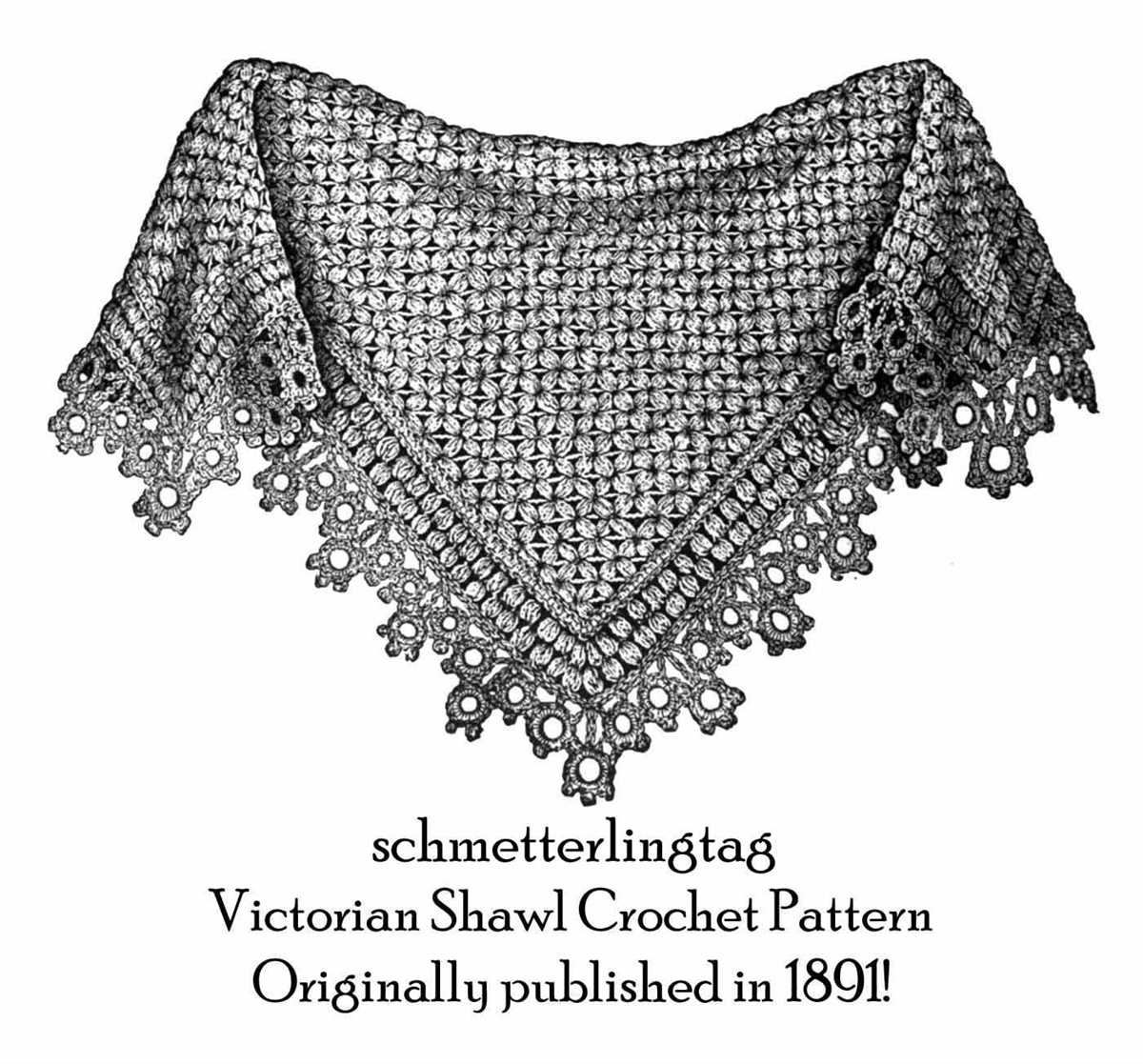
Knitting is a timeless craft that has been practiced for centuries, and Victorian knitting patterns are known for their intricate designs and delicate details. If you are interested in recreating the elegance of the Victorian era, here is a step-by-step guide to help you knit a Victorian pattern.
1. Choose a Victorian Pattern
The first step is to choose a Victorian knitting pattern that you would like to recreate. There are many resources available online where you can find free Victorian knitting patterns. Look for patterns that feature lace, cables, and intricate stitch patterns, as these were popular during the Victorian era.
2. Gather Your Materials
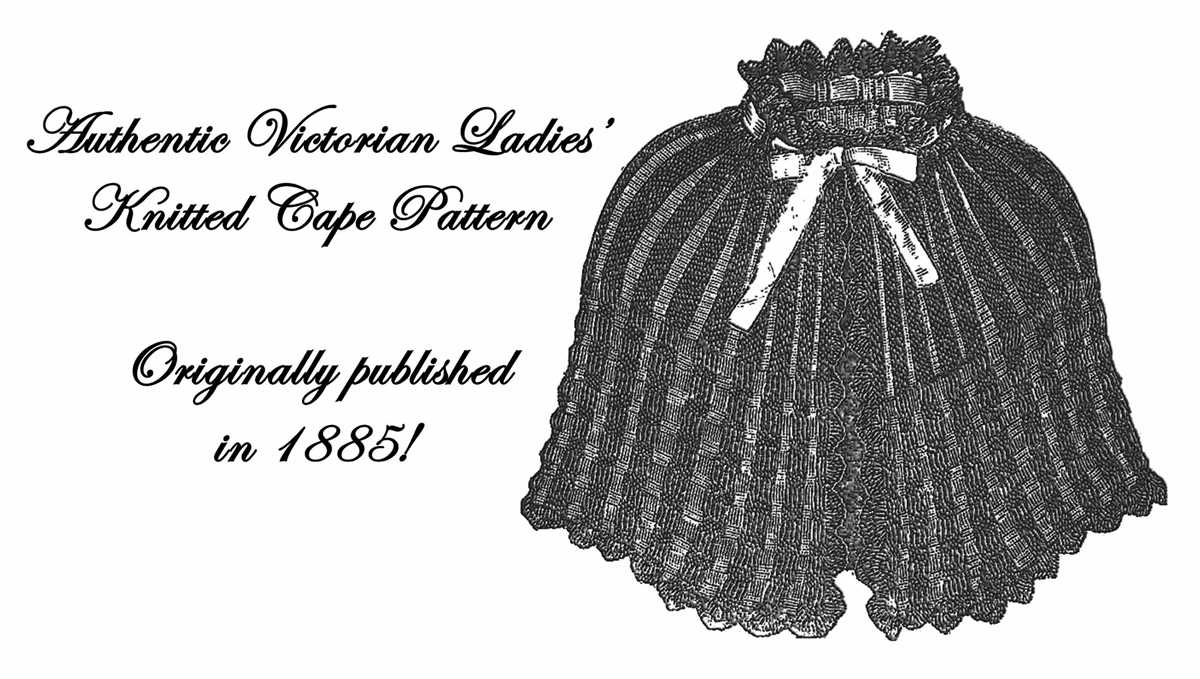
Once you have selected a Victorian pattern, gather all the materials you will need to complete the project. This typically includes a set of knitting needles in the appropriate size, yarn in the recommended weight and color, and any additional tools or accessories mentioned in the pattern.
3. Read and Understand the Pattern
Before you start knitting, take the time to thoroughly read and understand the pattern. Victorian knitting patterns can be quite complex, so it is important to familiarize yourself with the instructions and stitch abbreviations. Make sure you understand how to perform any special stitches or techniques that may be required.
4. Start Casting on and Knitting
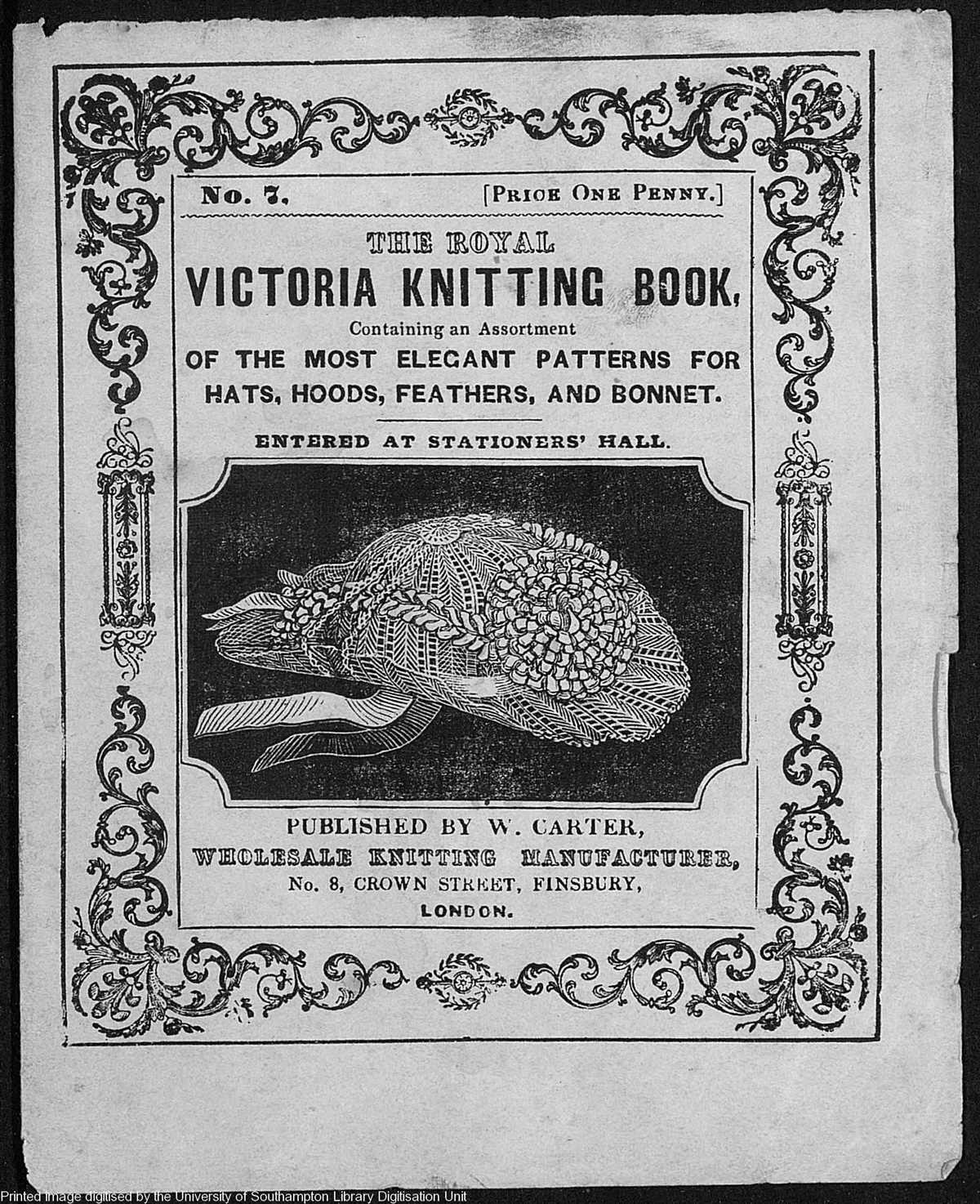
Once you are confident in your understanding of the pattern, it is time to start casting on and knitting. Follow the instructions in the pattern to create the foundation of your project, and then continue knitting row by row, following the pattern instructions for each stitch and row.
5. Take Your Time and Be Patient
Knitting a Victorian pattern requires precision and attention to detail, so it is important to take your time and be patient with the process. Pay close attention to each stitch and ensure that you are following the pattern correctly. If you make a mistake, don’t worry! Knitting is a forgiving craft, and you can always undo your stitches and try again.
6. Block and Finish Your Project
Once you have completed knitting your Victorian pattern, it is time to block and finish your project. Blocking involves dampening the knitted piece and shaping it to the desired dimensions. This helps to even out the stitches and enhance the overall appearance of the project. Follow the blocking instructions provided in the pattern, and then finish your project by weaving in any loose ends and giving it a final press or steam.
By following this step-by-step guide, you can successfully knit a Victorian pattern and create a beautiful piece that reflects the elegance of the Victorian era. Enjoy the process of knitting and embrace the historical charm of these intricate designs!
Creating Your Own Victorian Knitting Patterns
Now that you have learned about the history and techniques of Victorian knitting patterns, you may be inspired to create your own designs. Follow these steps to get started:
- Research: Study different Victorian knitting patterns to understand the various stitches, motifs, and designs that were popular during that time.
- Sketch: Use graph paper to sketch out your design ideas. Pay attention to the repeat patterns and consider the complexity of the stitches.
- Choose Yarn and Needles: Select the appropriate yarn and needles for your project. Consider using natural fibers to stay true to the Victorian style.
- Write Your Pattern: Document your design by writing a clear and concise knitting pattern. Include the stitch pattern, stitch count, and any special instructions.
- Test Your Pattern: Knit a sample swatch to test your pattern and make any necessary adjustments. This will help ensure that the finished project turns out as intended.
- Share Your Pattern: Once you are satisfied with your design, consider sharing it with the knitting community. You could publish it on a knitting website or share it with fellow Victorian knitting enthusiasts.
Conclusion
Creating your own Victorian knitting patterns can be a rewarding and creative endeavor. By understanding the history and techniques of this era, you can draw inspiration and create unique designs that reflect the elegance and beauty of Victorian knitting. Remember to experiment, be creative, and have fun with your designs. Happy knitting!